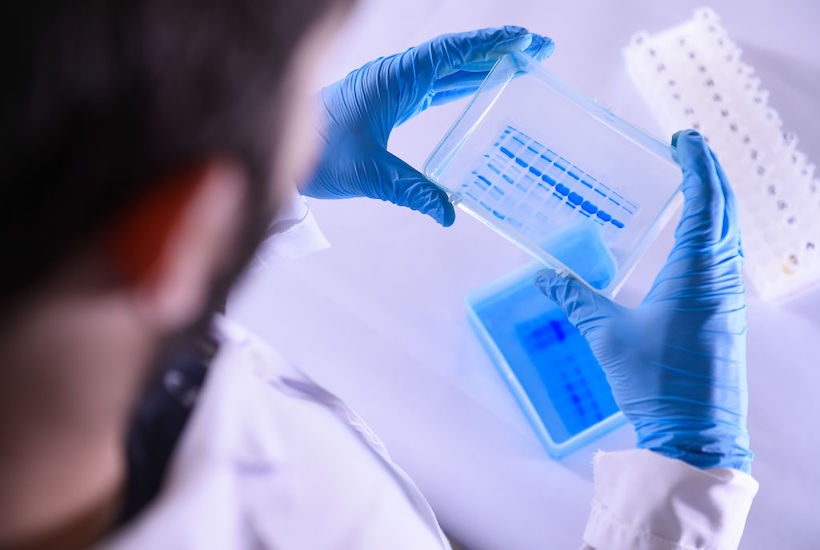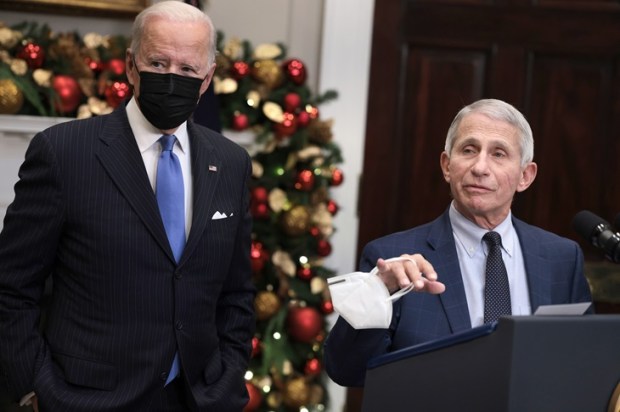What do we really know about the true epidemiology — the incidence, distribution and possible control — of coronavirus?
One of the perennial debates occurring in the subtext of most of the media coverage of the Wuhan virus as to whether or not eradication is possible, mediated through draconian lockdown measures presently imposing large and ever growing economic, social and individual costs. The divergent view is that irrespective, of perhaps the most well-meaning efforts in a totalitarian-like lockdown, the nature of an upper respiratory tract coronavirus means that, like most of its brethren, its most likely here to stay.
For this reason, the distinction between antigen mediated and antibody-mediated testing and what that reveals about the true epidemiology of coronavirus is profound.
The ‘flattening the curve’ model has always tacitly accepted the likelihood of broad dissemination of this virus throughout large swathes of the global population due to its ease of transmission and its relative environmental stability. This was confirmed by the Deputy Chief Medical Officer, Paul Kelly, who stated on at the start of the month in response to a reporters’ question, that he did not think lockdown measures would eradicate the virus completely.
He also reminded, if not educated many, it would seem, in the reporters’ scrum that same day, that a successful vaccine for a coronavirus has eluded medical science to date — and that is not through lack of effort as this is in the context that an estimated 30 per cent of the global ‘cold’ burden each year is due to coronaviruses and a cure for the common cold would be a licence to print money.
The intent to manage healthcare capacity is a noble one, but it too comes at a tremendous cost to those with severe, often painful ailments and morbidities who have now found themselves bumped out of the elective surgery queue and into the never-never. The Australian hospital system is not currently overstretched let alone overwhelmed by coronavirus hospitalisations. However, it’s accepted by most that maintaining such a scenario is a balancing act trading off one individual’s priorities for another. How that is best achieved, like so much of current government and public sector policy, is a work in progress, and cost-benefit analysis needs to be ongoing.
The backdrop to this current most ‘humanistic’ of interventions by public health authorities, is ultimately a well known and timeless act of nature, that is, viral interaction upon species is a hardwired act of biological reality throughout existence; hence the development of the discipline of virology across both plant and animal realms.
With this in mind, focus should be placed on the likelihood of persistence and whether ultimately, broad dissemination of coronavirus is inevitable, given its general propensity to ease of transmission and relative environmental stability, as stated previously. To achieve some insight into this, focus needs to be given to wide-scale antibody-mediated tests, rather than just the antigen mediated tests that represents the only testing that is happening in most places around the globe including Australia.
Accurate data on infection rates is still a long way off. This is recognised by the Chief Medical Officer, who on Friday expressed a view that infection rates globally are likely five to 10 times greater than what is currently known. For starters, to qualify for a test in Australia, and elsewhere, requires a number of prerequisites are met whether symptomatic or not. Such criteria as recent international travel or proximity to a known case and so on are still required.
In part, this is to be able to effectively ration the still relatively limited supplies of tests available, by targeting a cohort that has a theoretical increased likelihood of exposure to the virus. The main problem with true and accurate appraisal of how widespread coronavirus really is in the community is in the test methodology itself, which currently relies on the presence of active virus mRNA or resultant proteins in mucosal swabs or sputum, which in or itself is highly variable. This requires that a tested individual has very recently acquired the virus or is currently ill with it.
Once someone, not previously screened has recovered from a flu-like illness and is tested nothing would register on the current Antigen mediated tests. This means large swathes of the community who have since January had a mild flu-like illness and have since recovered cannot be verified as either having had coronavirus or not. This posthumous testing regime requires an antibody-mediated test that can detect the presence of the lasting immune response to exposure to coronavirus.
Antibody-mediated tests are not currently being conducted, but several new tests have been flagged and may be imminent. Some proposed antibody tests are rapid turnaround Point of Contact Tests (POCT’s) that can be conducted under any setting, taking just minutes to register a result. However, such tests lack the specificity and therefore reliability of whole blood sample tests for very specific antibodies that have a significantly longer and more costly turnaround. Until such time as such a test exists we have no idea how widespread coronavirus truly is and how quickly the herd immunity that accompanies recovery is developing.
They say to comprehend the size of any given object (or problem), in order to best know how to handle it; one must first be able to measure it. Contextualise it.
In this instance against the crowded background of all other disease burden and all mortality itself along with the other punitive self-inflicted wounds on the economy, societal and individual wellbeing. This creates an ongoing moral dilemma, to which I would never profess an absolute certainty of conviction.
However, to argue that the costs (in the broadest sense of the word) imposed by the simultaneous and concurrent actions around the globe at radical containment strategies are not already astronomical on peoples health and wellbeing would be intellectually dishonest. There is now a pre-Wuhan virus and post-Wuhan virus demarcation in history. Which leaves one wondering what will happen when the next serious flu season comes along.
We often hear the refrain that we are in ‘unchartered waters’ in relation to this pandemic.
What is certain, however, is that in order to truly assess the extent of coronavirus dissemination, a true handle on the actual infection rate in the broader community, via antibody screening, is urgently required. Then the combination of both antigen and antibody mediated testing will further inform what navigation and associated cost-benefit analysis is required to maximise all outcomes in this rapidly evolving all-pervasive crisis, which is swiftly threatening a deep and lasting catastrophe on a global scale.
Got something to add? Join the discussion and comment below.
Got something to add? Join the discussion and comment below.
Get 10 issues for just $10
Subscribe to The Spectator Australia today for the next 10 magazine issues, plus full online access, for just $10.


























Comments
Don't miss out
Join the conversation with other Spectator Australia readers. Subscribe to leave a comment.
SUBSCRIBEAlready a subscriber? Log in